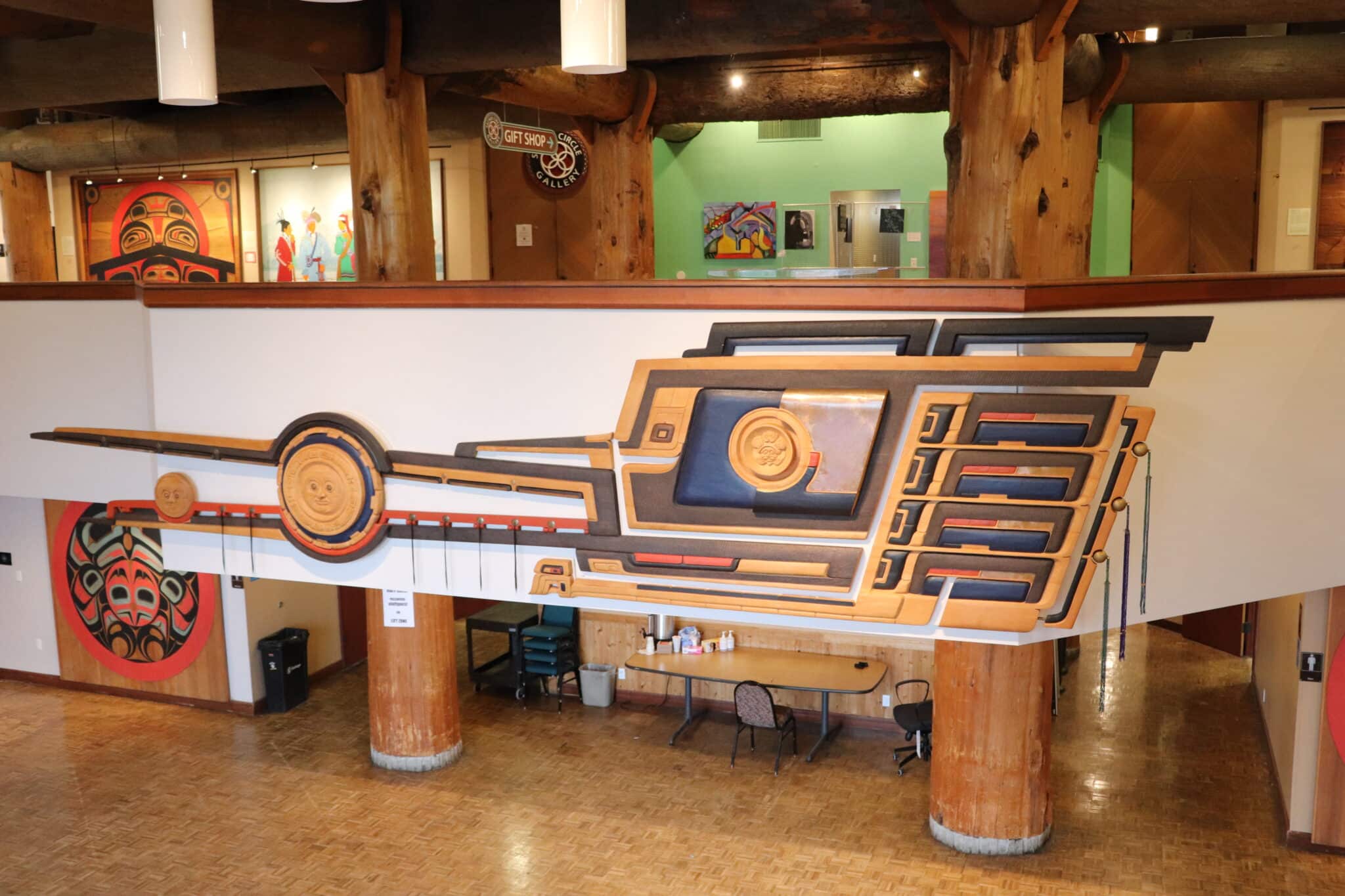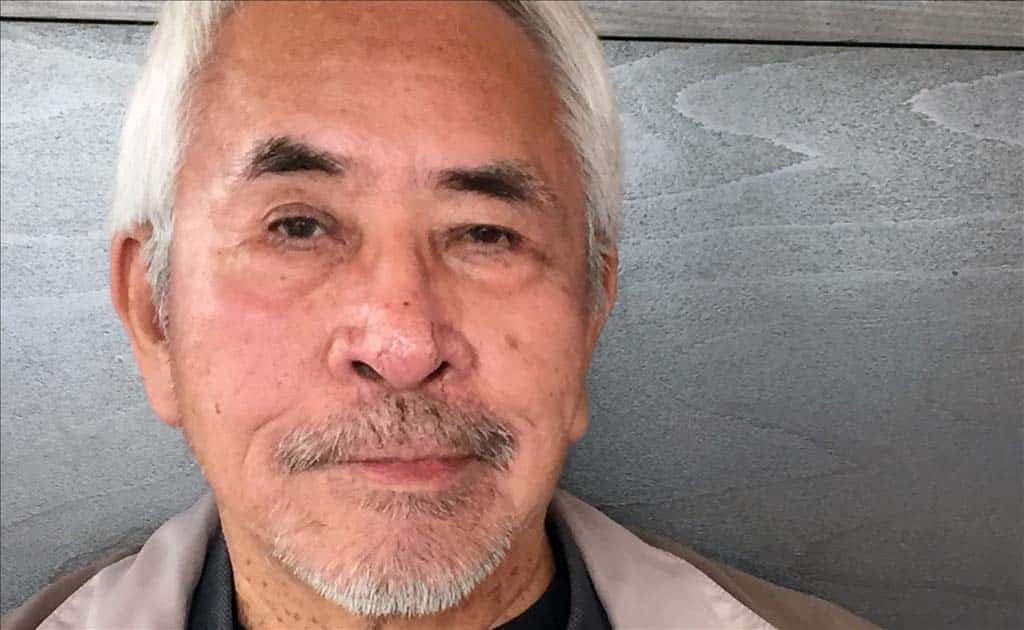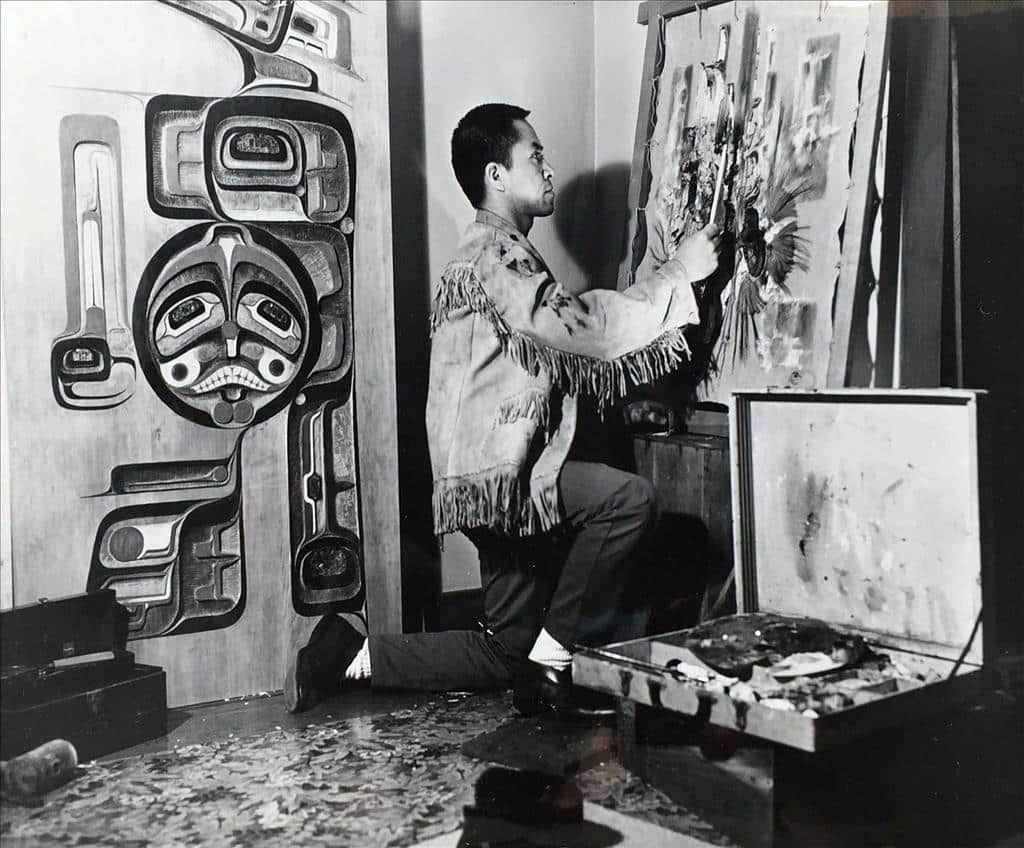Past Exhibits
Jeremy Dennis, Rise | April 10 – June 30, 2024
“‘Rise’ reflects upon the ongoing subtle fear of indigenous people in the United States. Fear, in this instance, may come from acknowledging our presence, not as an extinct people, but as sovereign nations who have witnessed and endured the process of colonization for hundreds of years and remain oppressed.
This series reflects upon the inherent fear that one day – oppressed groups may rise and defend themselves. As an indigenous tribal member who has observed the aftermath of colonization and followed my curiosity in the story of survival, especially as a federally recognized tribe east of the Mississippi, Rise approaches the concept of a future Native American uprising from a complicated perspective of military and land deed neutrality, cultural assimilation, and as a people hiding in plain sight.
With the rise of the zombie motif in popular culture, the zombie may be interpreted as the great celebratory enemy, replacing the American Indian. Thus, Rise appropriates the aesthetic and concept of zombie apocalypse by replacing the gory zombie figure with the American Indian, whose simple presence causes terror.
The images reflect an interpretation of an imagined future uprising based on the aftermath of colonization, steeped in both the popular imagination of non-indigenous people and the repressed desires of Native communities to one day retake their territory. In the end, my personal belief is that Americans and Native Americans will never have another great war, but the fear nonetheless exists and this project confronts it by mixing the fear with humor once realized.”
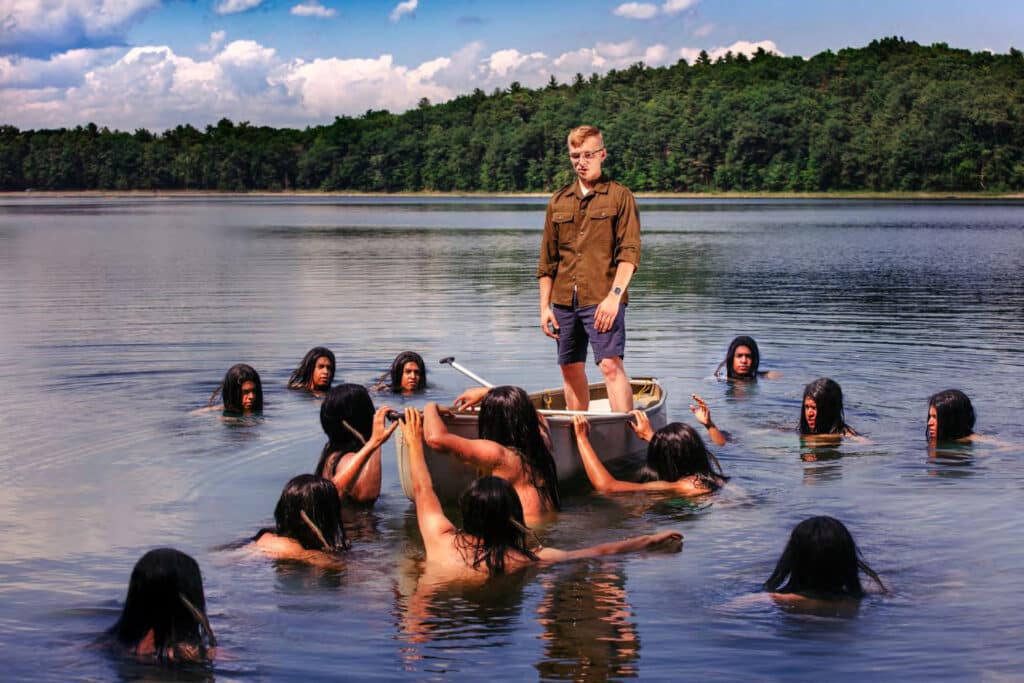
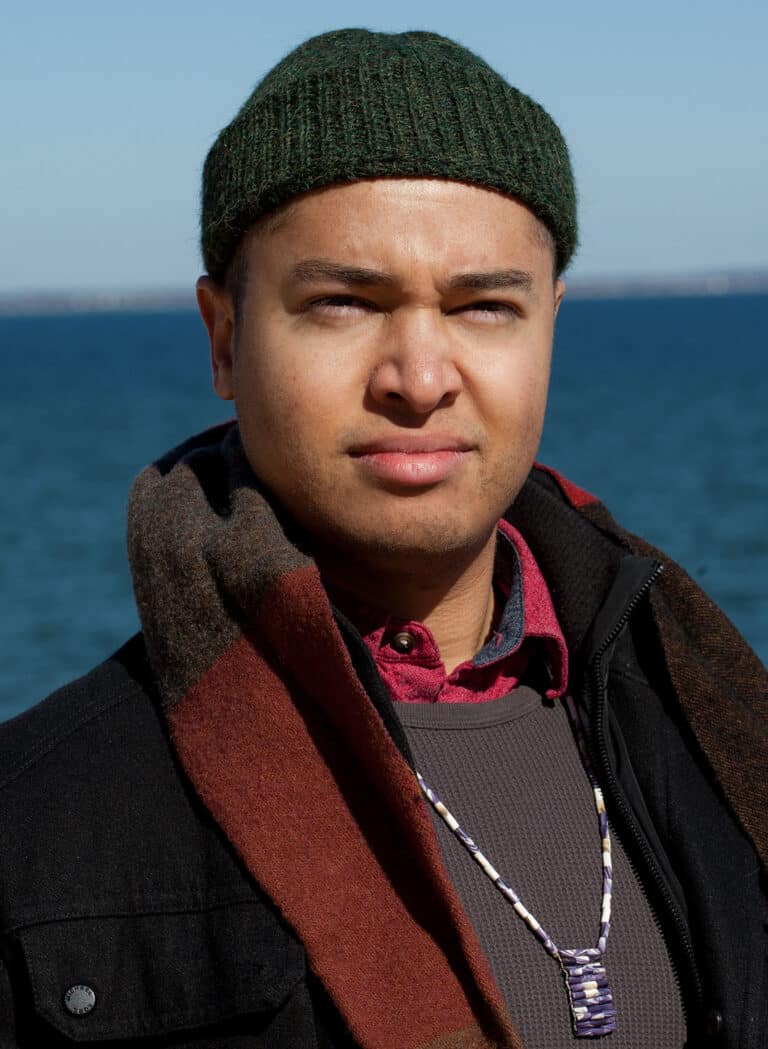
About the Artist
Jeremy Dennis is a contemporary fine art photographer and Shinnecock Indian Nation member. His work explores indigenous identity, assimilation and tradition. Dennis was raised on the Shinnecock Nation Reservation. He holds an MFA from Pennsylvania State University, State College, PA, and a BA in studio art from Stony Brook University, NY.
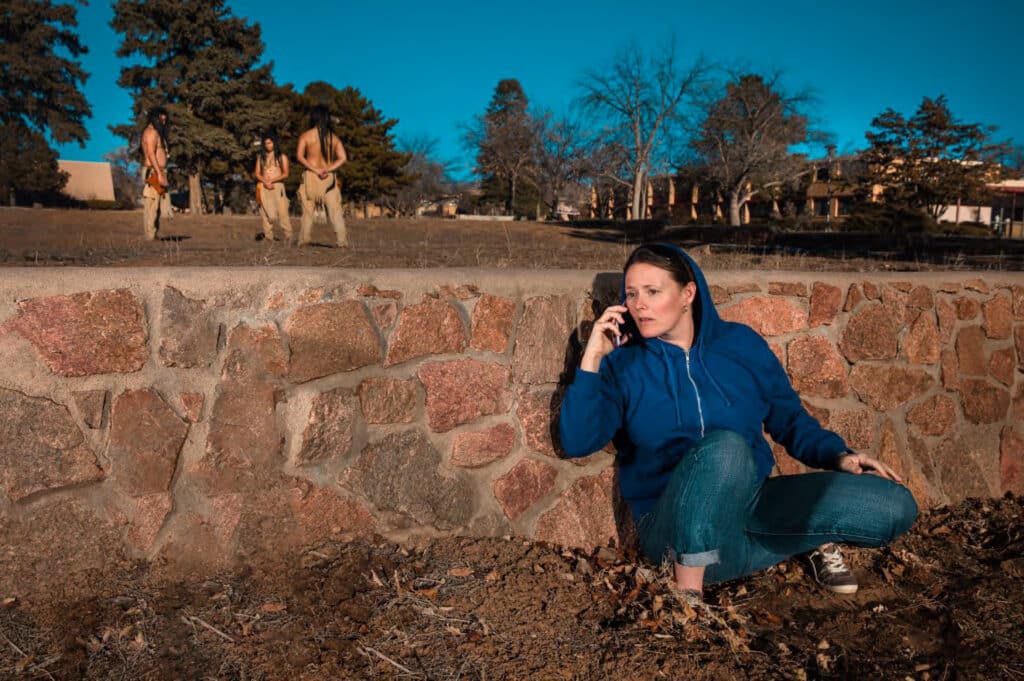
Frank Peterson | January 12 – March 31, 2024
Frank Peterson is a proud enrolled Makah tribal member and urban native. His family moved to Ballard where three generations of his family have been reared and he currently resides in Seattle.
He is most influenced by his Makah heritage handed down from his grandmother Anne Peterson, and to a lesser degree, his Scandinavian roots. Frank works in many mediums, but primarily in acrylic paints, oil pastels and cedar which he uses to carve his Spirit portrait masks.
Growing up, he and his siblings spent quality time over the summers in Neah Bay on the Makah reservation. His time was spent learning about his cultural heritage from his Aunt Helen, a respected tribal elder who maintained the strong Makah ties with the family after her sister Anne passed away.
He cherishes the time he spent there with his family by affirming the connections to his ancestors. Frank’s works are meant to find a balance in the abstract, adding all the spiritual aspects of his rich heritage mixed in with his life experiences. It is the whole of these experiences that inspire and influence his unique artistic expression.
Artist Statement
“I believe art is written into our DNA. The gardener, mason, carpenter, blacksmith, architect, all of us when we build, create and organize, get a sense of satisfaction and affirmation while working and completing such tasks. For me, art is a place of comfort and self-exploration. Art is a way to create sense of order out of a chaotic universe. That process is reflected in my work, filtered through my experiences of a life spent here in the Northwest. It is a reflection of my identity of Makah heritage, mixed ethnicity and urban living experiences.”
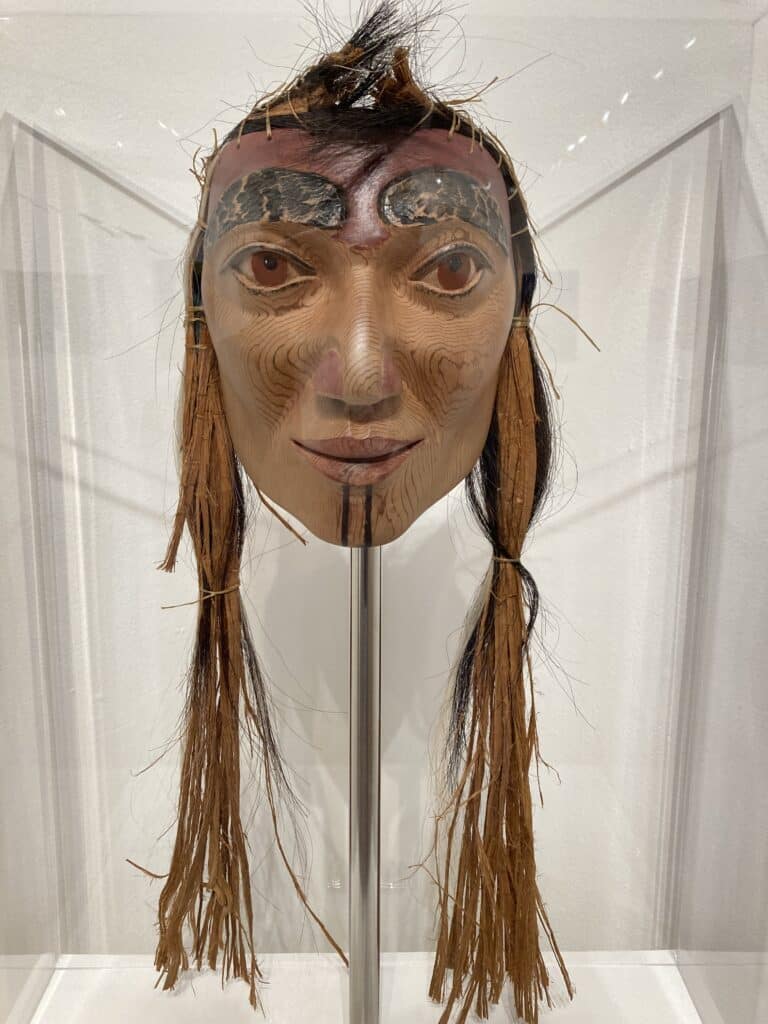
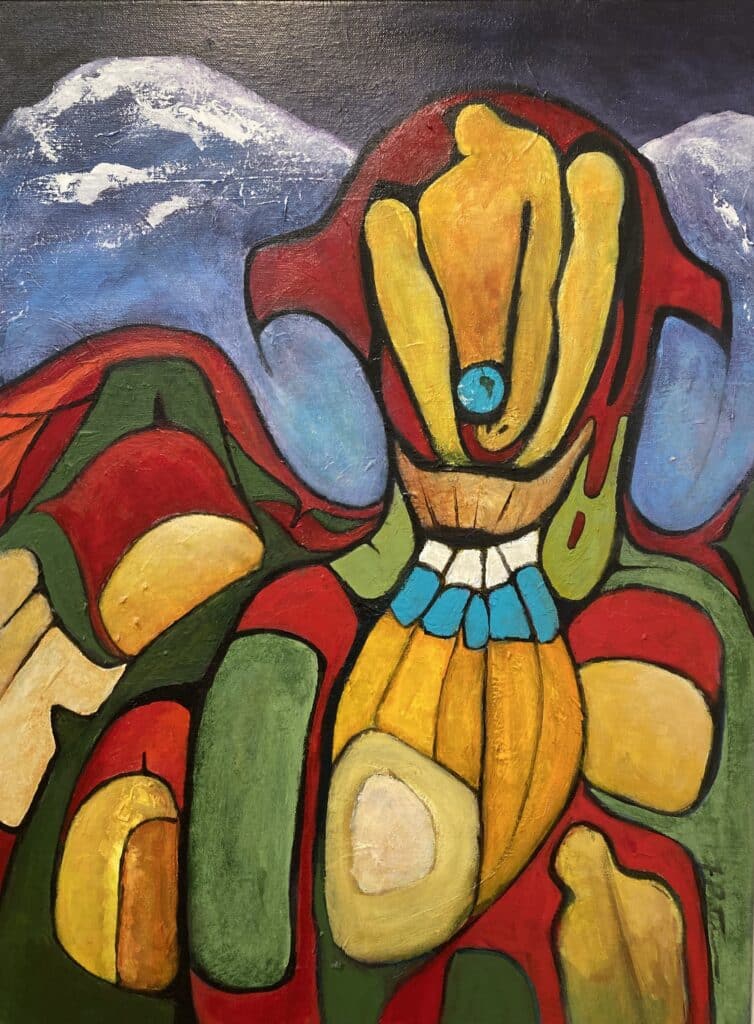
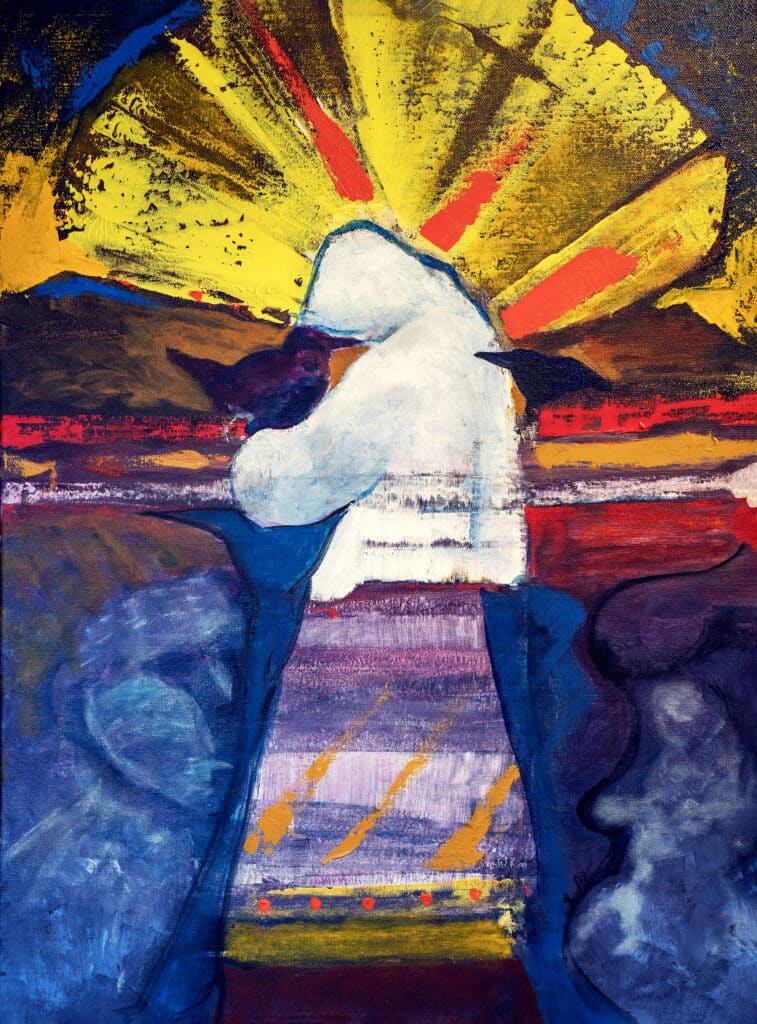
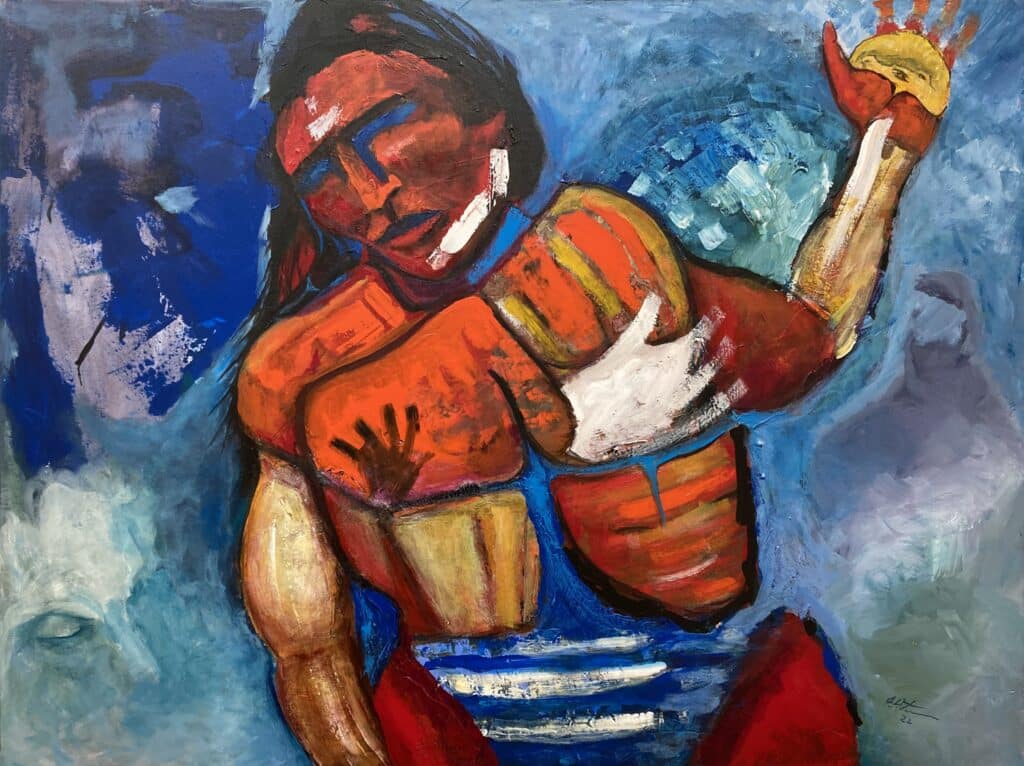
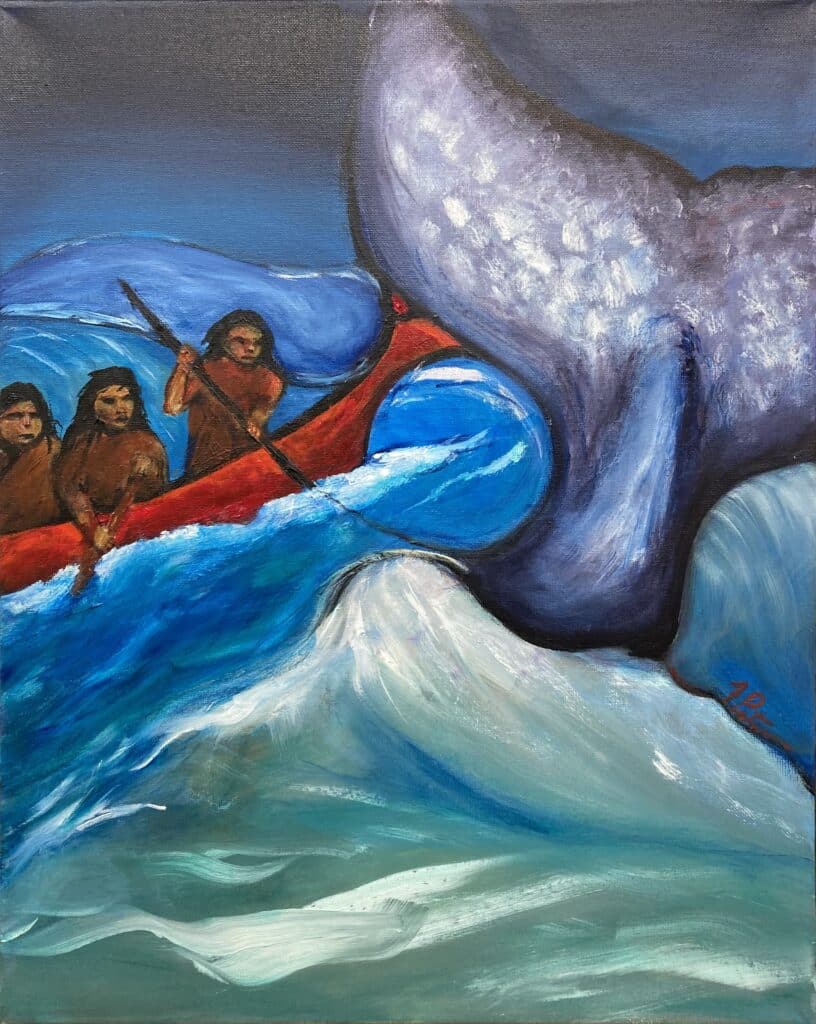
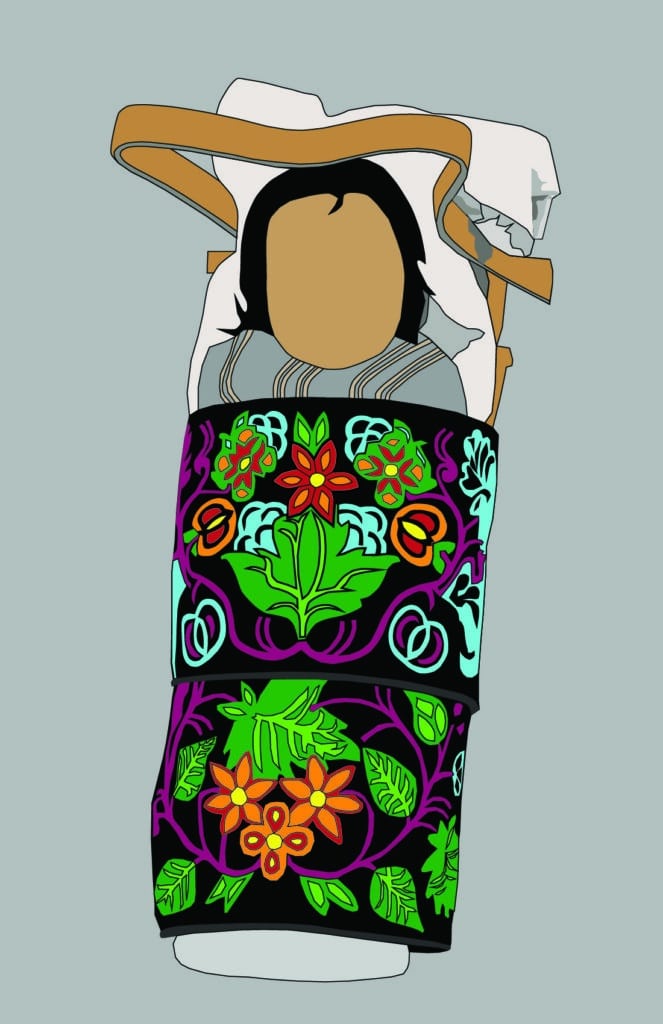
Denise L. Emerson
“Designing and creating art from historical photos of Native Americans has become my passion. I use historical photos to create digital art, paintings, and beadwork. My focus is on historical photos of Native American women, mothers and babies. Being raised by a Diné father taught me that being his eldest and female was important to him. He said that women maintained the home and raised the children, they were the heart of the home. I focus on his teachings when I create and design art.”
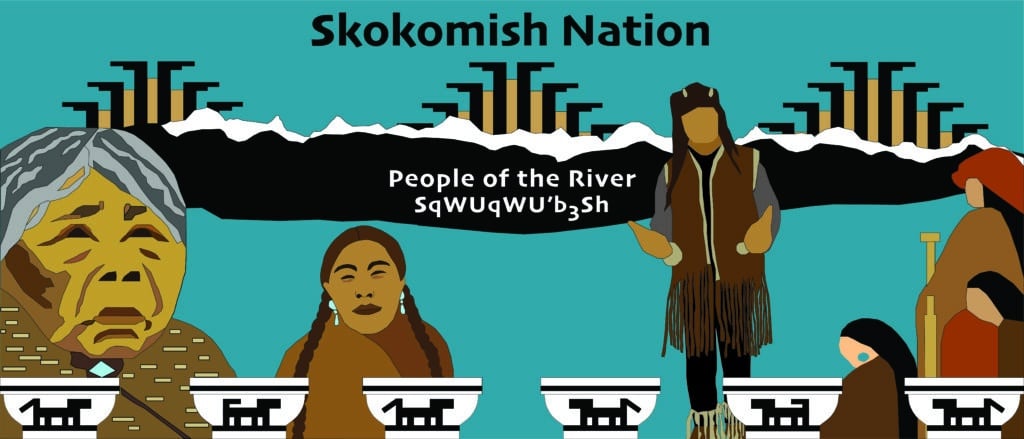
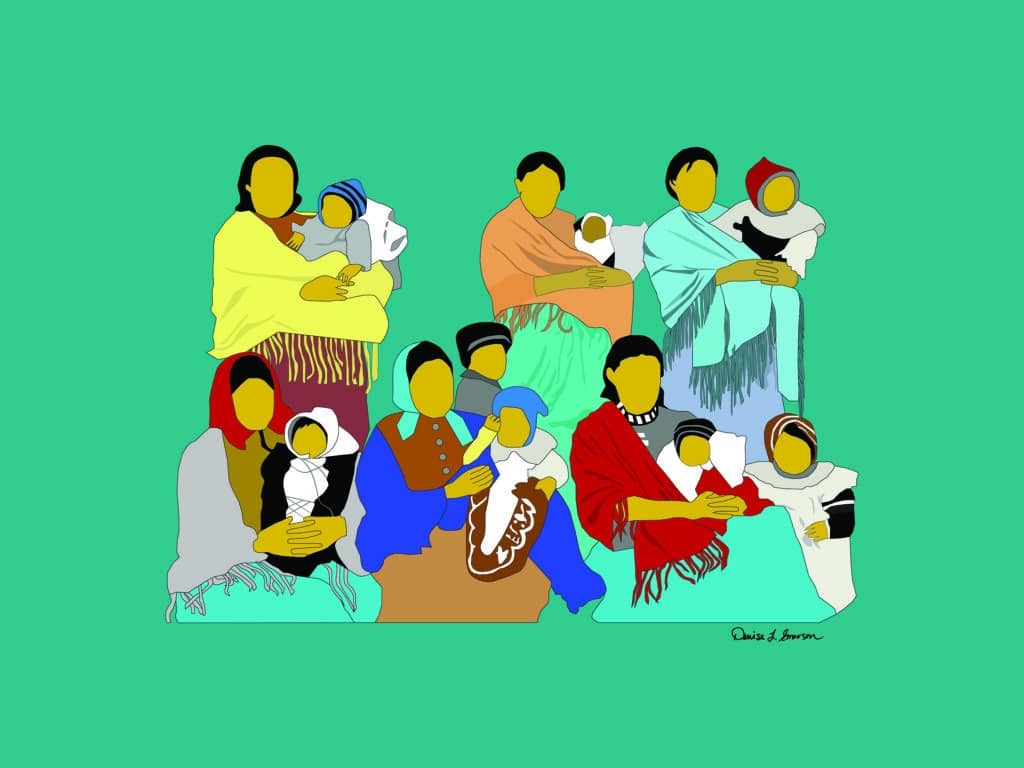
Nancy Clark | April 7 – June 30, 2023
Sacred Circle gallery is proud to announce a solo exhibition of Nancy Clark’s paintings and prints. Clark’s intent for this show is to honor her family history, her Blackfeet heritage, and advocate for fellowship and respect for the interconnected natural world as we adapt to climate change. Clark tells her story through her visual language by synthesizing the decorative patterns of traditional women’s arts into powerful graphic paintings and prints that resonate from time immemorial to the future we are living today.
Biography
Nancy Josephine Clark is an enrolled member of the Blackfeet Nation, born and raised in Spokane, WA. She earned her BA in Art, MFA in design, and teaching certificate from the University of Washington – Seattle. In her early career, Clark focused on painted fabrics, including quilts, wall hangings, and wearable fabrics. She later expanded to printmaking, gouache painting and mosaic. She has exhibited at the McColl Center for Visual Arts in Charlotte, SC, the State Capitol Museum in Olympia, the Northwest Arts and Crafts Center at Seattle Center, and the Henry Art Gallery in Seattle. Her large archival print Respect hangs at the Seattle University School of Law.
Alongside her art career, Clark taught art and language arts in elementary and secondary schools. Her children’s books teach multi-sensory reading and visual literacy. Clark received the “Power of Art: Education of Students with Learning Disabilities” award from the Robert Rauschenberg Foundation for her work teaching art to dyslexic children.
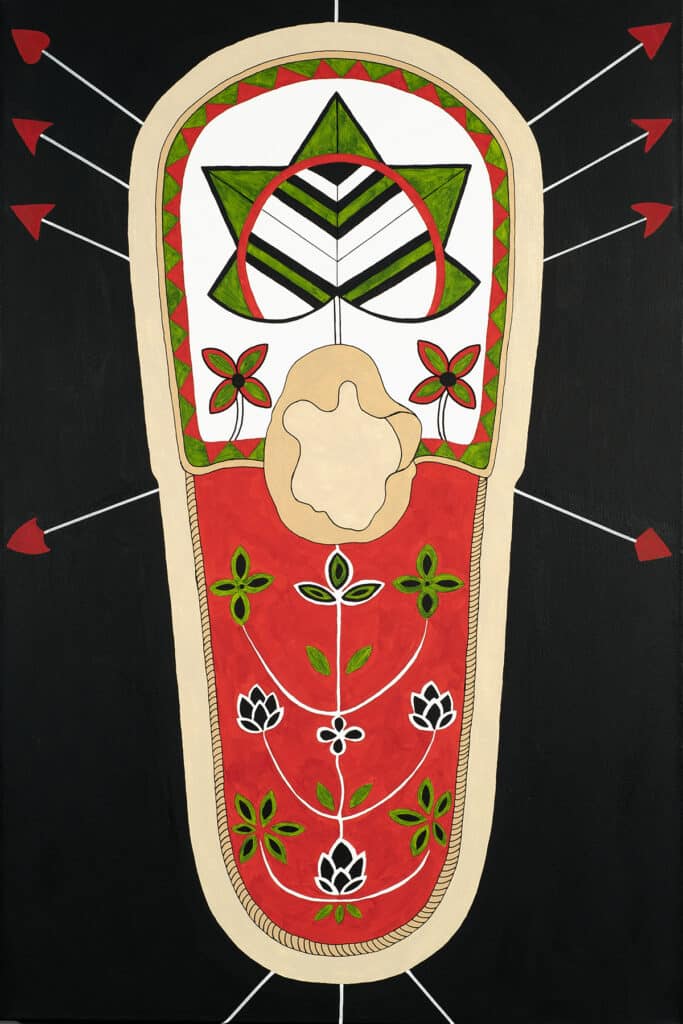
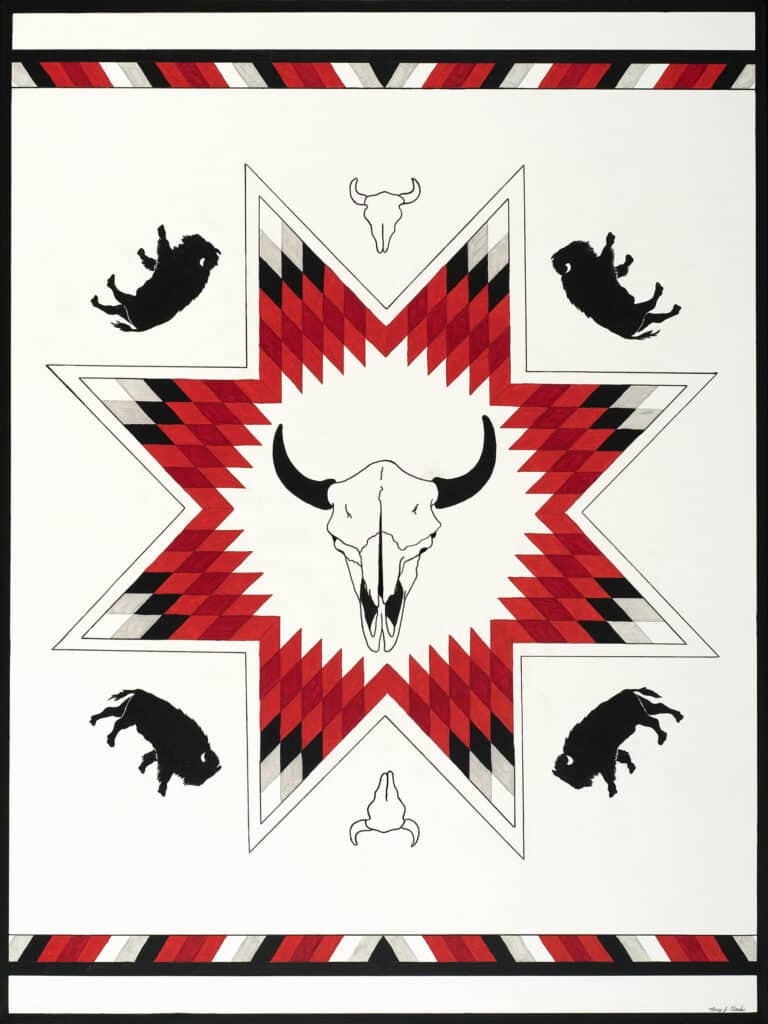
Artist Statement
The artwork I am creating today is dedicated to honoring the history of my family. I am an enrolled member of the Blackfeet Nation. American Indians today are advocating for change that would respect their past and provide a better future for all American Indians. I feel I can help bring awareness and visibility to past injustices for Blackfeet as well as other Native communities in a positive, effective way by creating my own art prints influenced by historical Indigenous arts and crafts from Blackfeet as well as from other Nations. I combine these new images and patterns with contemporary drawings to demonstrate Native American survival through resilience, resourcefulness, and reinvention.
This art exhibit is primarily inspired by my grandmother, Josie Wright. Josie was Blackfeet, and she is my example of someone who had to reinvent herself to survive and succeed as a young American Indian. When Josie was only 11 years old, her mother dropped her off at a ranch in Montana, where Josie would serve as a domestic helper. With quiet determination, hard work, and a positive outlook, my grandmother’s life went well. She became a lifelong friend of the famous cowboy artist Charlie Russell, and she was Russell’s model for Native women in his paintings. Russell, beyond being an artist, was an advocate for American Indians, supporting the bid by landless Chippewa to have a reservation established for them in Montana, which later became law.
The show also honors my father, Russell Tharp, who was brought up by Josie Wright and my grandfather, Fred Tharp, on the Flathead Indian Reservation in Montana (my father was enrolled in the Blackfeet Nation). In my father’s early 20s, he continued to get into “a lot of trouble” (his words), and he moved from Montana to Spokane to attend Business School. Because of his long friendship with Blackfeet Chief Earl Old Person, he was able to keep in constant contact with the Blackfeet Nation and his friends. This was very important to him and our family.
John Hitchcock
John Hitchcock uses the print medium with its long history of social and political commentary to explore relationships of community, land, and culture. Hitchcock’s works on paper and multimedia installation consist of prints and moving image that mediate the trauma of war and the fragility of life. Images of U.S. military weaponry are combined with mythological hybrid creatures from the Wichita Mountains of western Oklahoma to explore notions of assimilation and control. Many of the images are interpretations of stories told by his Kiowa/Comanche grandparents and abstract representations influenced by beadwork, land, and culture.
John Hitchcock was born in 1967 in Lawton, Oklahoma. He is a contemporary artist and musician. He earned his MFA in printmaking and photography at Texas Tech University, Lubbock, Texas and received his BFA from Cameron University, Lawton, Oklahoma. He has been the recipient of The Robert Rauschenberg Foundation Artistic Innovation and Collaboration grant, New York; Jerome Foundation Grant, Minnesota; the Creative Arts Award and Emily Mead Baldwin Award in the Creative Arts at the University of Wisconsin. He is currently an Artist and the Vilas Distinguished Achievement Professor at the University of Wisconsin-Madison where he teaches screen printing, relief cut, and installation art.
Hitchcock’s work has been exhibited at numerous national and international venues, notably “Air Land Seed” and “Epicentro: Re Tracing the Plains” curated by Nancy Marie Mithlo on the occasion of the Venice Biennale 54th and 55th International Art Exhibition at the University of Ca’ Foscari, Dipartimento di Studi Linguistici e Culturali Comparati, Venice, Italy; “Songs for Spirit Lake” The Robert Rauschenberg Foundation, New York; The American Culture Center in Shanghai, China; Museum of Contemporary Native Arts, Santa Fe, New Mexico; the Kumu Art Museum of Estonia, Tallinn, Estonia; London Print Studio, London, England, UK; South African Museum, Cape Town, South Africa; Museu de Arte de Brasilia, Brasilia, Brazil; Museum of Contemporary Art, Santiago de Chile; International Print Center New York, Chelsea, New York; Museum of Arts & Design, New York; Eiteljorg Museum, Indianapolis, Indiana; Portland Art Museum, Portland, Oregon; Missoula Art Museum, Missoula, Montana; Art Museum, Fargo, North Dakota; Naples Museum of Art, Naples, Florida; Philbrook Museum of Art, Tulsa, Oklahoma; Weisman Art Museum, Minneapolis, Minnesota; Exit Art, New York; the Print Center, Philadelphia, Pennsylvania; and the North Dakota Museum of Art, Grand Forks. He has also served as artist in residence at the American Culture Center, Shanghai, China; Frans Masereel Centrum for Graphix in Kasterlee, Belgium; the Proyecto’ace International Center for Visual Arts in South America in Buenos Aires, Argentina; and many more.
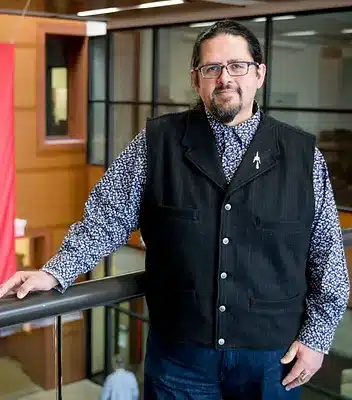

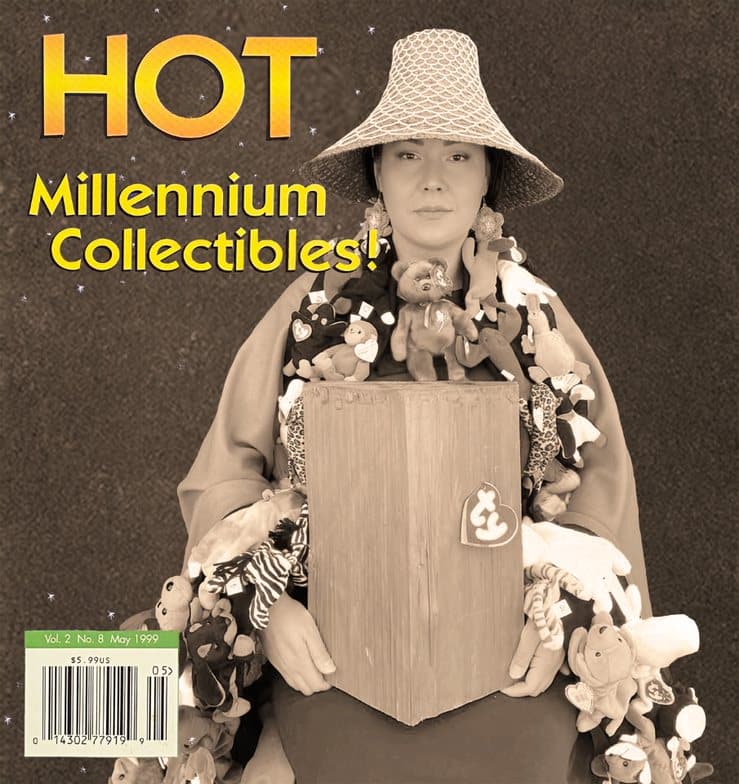
Alison Bremner | July 18th – September 30th, 2022
“Culture is not stagnant. Through contact and the technological revolution Tlingit culture is constantly adapting, observing, and searching for its place in the world.”
Alison O. Bremner is a Tlingit artist born and raised in Southeast Alaska. Bremner is believed to be the first woman to carve and raise a totem pole. She has studied under master artists David R. Boxley and David A. Boxley in Kingston, Washington. Painting, wood carving, regalia, and digital collage are a few mediums the artist employs. In addition to her contemporary art practice, Bremner is committed to the revitalization of the Tlingit language and creating works for traditional and ceremonial use.
Her work is included in the permanent collections of, among others, the Burke Museum, Seattle Art Museum, Portland Art Museum, Chateau Musee Bologne-sur Mer, Frye Art Museum, and the British Museum.
Lawney Reyes | January 15 – April 15, 2022
We were very fortunate to have the work of Lawney Reyes(Colville / Sin-aikst) featured at the Daybreak Star Indian Cultural Center’s Sacred Circle Art Gallery.
Lawney Reyes was a celebrated Native American sculptor, architect, designer, curator and memoirist based in Seattle. His writing and sculpture draw great influence from his Sin-aikst culture, part of the Colville Confederation of Tribes of Northeastern Washington.
The decades of sculpting, painting, architecture, and writing were unimaginable to Reyes when he was a child living in Inchelium and attending an Indian boarding school in Oregon. He credited education with saving him from a life of poverty on the Colville Indian Reservation. He was an instructor of contemporary Indian Art at the University of Washington and former Seattle Arts Commissioner. Lawney served in the U.S. Army.
In his mid-80s, Reyes intended to keep creating because there were still things to explore. “That’s just been the story of my life, just catching up … Sometimes I wonder if I’ve caught up enough.”
Awards:
- First prize, Scottsdale National Indian Art Exhibition, 1970
- Governor’s Art Award for sculpture, Washington State Arts Commission, 1972
- Peace and Friendship Award, 1982
- University of Washington Alumnus Award, 2006; Center for Indian Art Award
For more information on Lawney, CLICK HERE.
